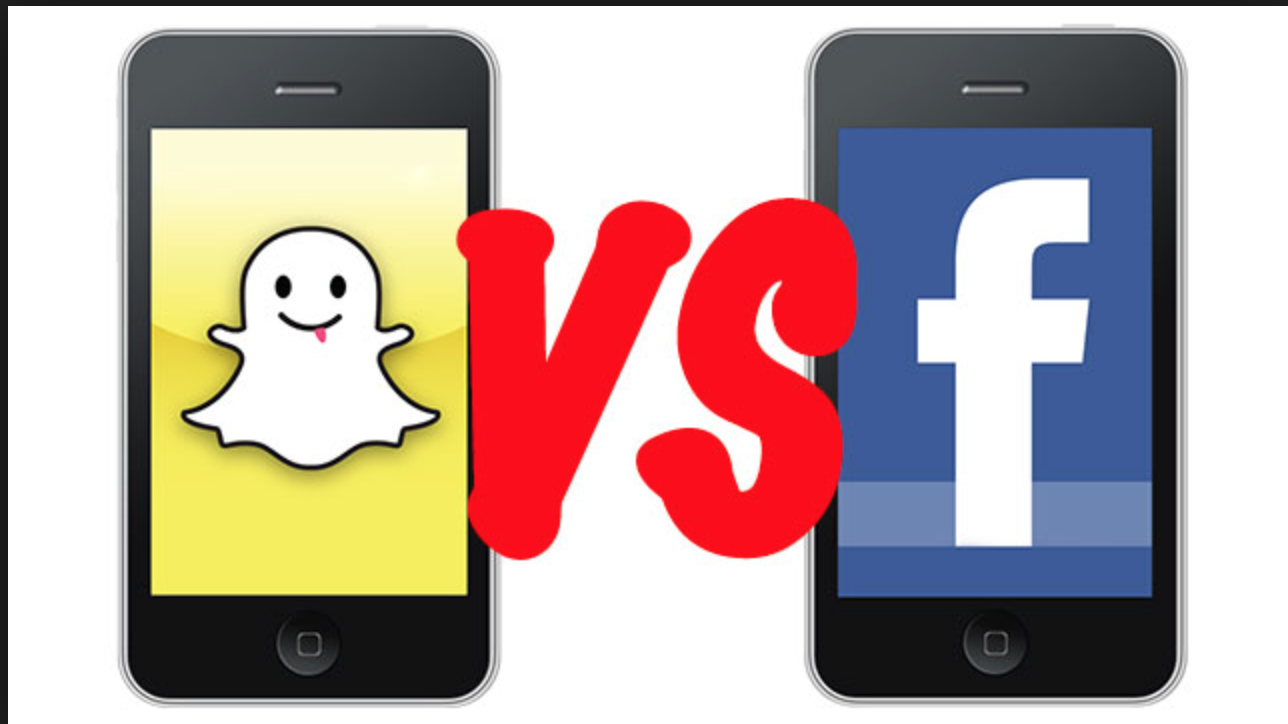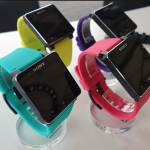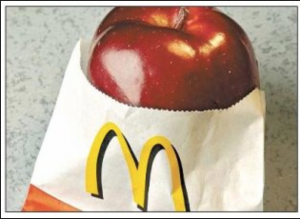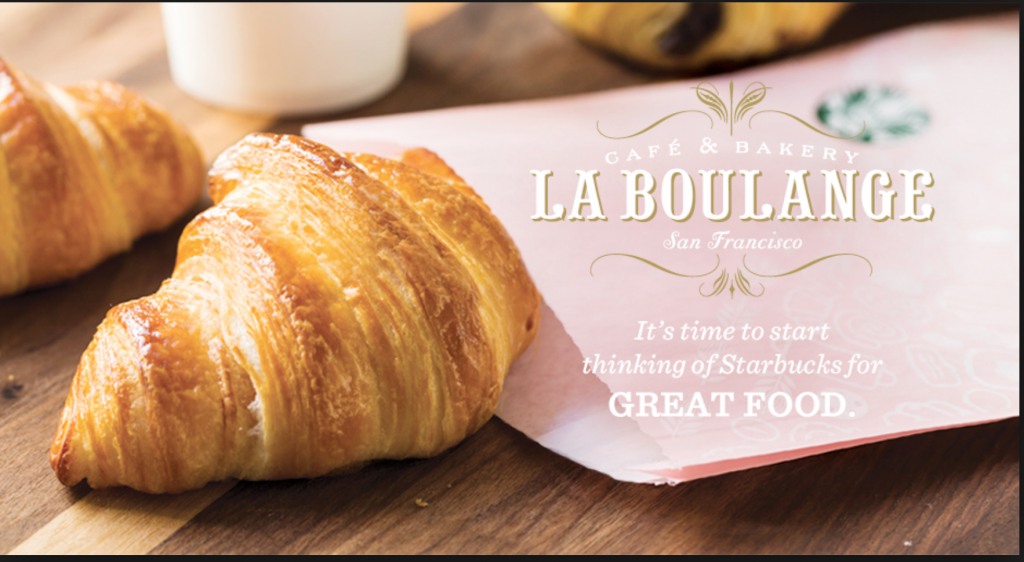Aeroplan gives its users airmiles – loyalty points which can be used as money to buy things such as your groceries, to a all exclusive trip for four to Mexico. The company has recently introduced a new type of rewards category: saving up for tuition. As well all know, tuition is expensive. University rates are rising, and for those not from the country, tuition costs can sometimes be triple the regular amount. This is a definite good move for the company. No one has touched on this field yet; they are the first to enter this sector. Although the company has just begun this process and has only attained a few schools who are willing to participate, there is no doubt that the idea will expand in the future. I believe this is a great plan. Many students can not afford post secondary schooling on their own, and are forced to take out student loans and work while in school. Hopefully with this new loyalty program, students will be able to focus on their education instead of worrying about paying off their loans.
Although the company has just begun this process and has only attained a few schools who are willing to participate, there is no doubt that the idea will expand in the future. I believe this is a great plan. Many students can not afford post secondary schooling on their own, and are forced to take out student loans and work while in school. Hopefully with this new loyalty program, students will be able to focus on their education instead of worrying about paying off their loans.
Facebook Tracking Your Movements
 Facebook, will now be able to track its users mouse movements as they scroll, click and hover on any part of the website. My fellow student, Alexander Qu, mentioned how crucial this data could be to advertisers and sellers, as Facebook can benefit greatly from tracking mouse activity. However, what about those who are worried about leaving a digital footprint, or having their data privacy exposed? If people were forced to give this type of information away, there would be a large decrease in Facebook users. Yet since the social media company and its products are free, many users will continue to go about their ways, unaware what their “clicks” or “movements” mean to the company. Information is money, money is power. With this data, Facebook is hoping to be on top of the social media scene as it once was many years ago. Furthermore, it is not only Facebook who is looking at its users data trends! Big-time IT companies like Google and Microsoft are leaning down the same path. It wont be long before these companies will be able to track things like your body movements, tracking your eye movements and facial expressions to increase its informational data on its users.
Facebook, will now be able to track its users mouse movements as they scroll, click and hover on any part of the website. My fellow student, Alexander Qu, mentioned how crucial this data could be to advertisers and sellers, as Facebook can benefit greatly from tracking mouse activity. However, what about those who are worried about leaving a digital footprint, or having their data privacy exposed? If people were forced to give this type of information away, there would be a large decrease in Facebook users. Yet since the social media company and its products are free, many users will continue to go about their ways, unaware what their “clicks” or “movements” mean to the company. Information is money, money is power. With this data, Facebook is hoping to be on top of the social media scene as it once was many years ago. Furthermore, it is not only Facebook who is looking at its users data trends! Big-time IT companies like Google and Microsoft are leaning down the same path. It wont be long before these companies will be able to track things like your body movements, tracking your eye movements and facial expressions to increase its informational data on its users.
Is Snapchat Really Worth $3 Billion?
Snapchat is a rapidly growing social media messaging business – a rapidly growing business that turned down Mark Zuckerberg’s $3 billion dollar offer this week. This decline has left many wondering, is Snapchat really worth more than $3 billion? The company CEO’s clearly think so, but how much is the newly emerged company expecting? In relation to
 blog post, I agree that many have disregarding the company’s simple intent: connecting the world to real life “kodak” moments in a quick snap. Snapchat, run by two men in their twenties, understands what young people in the industry like and want, a very hard phenomenon to grasp. However, for a company that has yet to make any money, a company with $0 in revenue, it is questionable as to why they shut down such a high offer from a high power in the social networking world. Perhaps they believe they can squeeze Zuckerberg enough to get a higher offer from him, or from other competitors in the market. It is evident to many that Facebook is in dire need of some help regarding its youth usage rates. After all, Snapchat provides teens with an out that allows them to utilize social media without leaving a digital trail left by those interactions, as Facebook does not.
blog post, I agree that many have disregarding the company’s simple intent: connecting the world to real life “kodak” moments in a quick snap. Snapchat, run by two men in their twenties, understands what young people in the industry like and want, a very hard phenomenon to grasp. However, for a company that has yet to make any money, a company with $0 in revenue, it is questionable as to why they shut down such a high offer from a high power in the social networking world. Perhaps they believe they can squeeze Zuckerberg enough to get a higher offer from him, or from other competitors in the market. It is evident to many that Facebook is in dire need of some help regarding its youth usage rates. After all, Snapchat provides teens with an out that allows them to utilize social media without leaving a digital trail left by those interactions, as Facebook does not.
Will There Ever Be a Useful Piece of Innovative Technology?
Businesses are always coming out with the latest and greatest technological advances, with Sony being one of the many. The tech company recently came out with its newest product, the Sony SmartWatch 2, compatible with a variety of Android phones from different companies. Samsung has also released its version of the high-tech watch, the Galaxy Gear,
exclusive only with newer Samsung smartphones. Both companies have come to the quick realization however, that the “innovative” computerized watches are not that popular with the people, and perhaps, is not as innovative as they believed it could be. Although you are able to receive texts on the watch, you can not respond back unless you reply with emoticons or prewritten responses. The watches give you Facebook, Twitter and email alerts, though if you want to check them, you will need to go on your phone as you normally would. In my opinion, these smart watches seem like more of a nuisance, another useless piece of technology to be frustrated with. Perhaps this is the companies ways of dealing with their competitors such as Apple, trying to create something never before seen by the public before Apple does? At the moment, the new advance may not be very appreciated, however, I do believe the companies are on the right track to a technological advance worthy of praise and approval.
Typhoon Haiyan Threatening the Philippines Growing Economy
Typhoon Haiyan – known as one of the worst natural disasters ever to be witnessed by the world, has impacted an expected loss of $14 billion in the Philippines economy. The sugarcane industry, one of the main agricultural fields of the country, is experiencing the most damage and hardship from the gushing winds and floods. Islands such as Negros and Mindanao, who farm a large percent of the industry’s sugarcane, are more likely to yield less sugar as Haiyan continues to take over, destroying stocks at mills and refineries.
The loss of this critical commodity is detrimental not only to the Philippines government, but to the US as well, as they consume a large portion of the country’s sugar. With the potential losses the Philippines face, the possibilities of the US and other countries shifting to their competitors such as Thailand and Brazil, are a real threat to their economy and its recovery.
Haiyan has hit the Philippines at its time of growth. Their economy was booming, and they were known for being Asia’s “rising stars”. Unfortunately over 50% of families and business are not insured. It is now up to the country’s government and people to begin rebuilding, and hopefully, rebuild a new and innovative economy.
Sources:
http://theweek.com/article/index/252659/can-the-philippines-growing-economy-weather-super-typhoon-haiyan
http://www.bbc.co.uk/news/world-asia-24901993
http://www.huffingtonpost.com/2013/11/07/super-typhoon-haiyan-philippines_n_4235250.html
Marginalizing “Cool”
Many facets of life are exclusionary. Lamborghini’s are made for the rich, Honda’s for the average North American family. Abercrombie & Fitch, a once popular clothing company known for its racy marketing photography, is infamous for its exclusionary products and its corporate image. The company faces many complaints aimed against their campaigns as sexually explicit and demeaning.
Public relations has felt the wrath of consumers and their angst against CEO’s Mike Jeffries comment in a recent interview, explicitly stating “[A&F] goes after the cool kids”, only further stating that was the reason they had a no plus-size policy, a low tolerance for the “not cool” and “fat” kids.
With this comment came the demise of the company. Stock prices have dropped nearly 10% to $34.35. Protests, including the viral #FitchtheHomeless campaign on Twitter, have affected the company so much that they are now introducing sizes greater than large to regain consumers trust and loyalty in the brand.
However the people are asking for more than just a reconsideration of plus sizes – they want Jeffries fired. In my opinion, repairing the damage Jeffries has made will take an enormous amount of time; all employees of a company, whether they be a sales associate or the CEO, must be held accountable for their actions. It is without a doubt possible for consumers to be “exclusive” to the A&F brand without being discriminatory, prejudice or malignant.
Sources:
http://www.forbes.com/sites/rogerdooley/2013/05/24/abercrombie-fitch-different/
McDonald’s Gets Creative
In recent studies, researchers have found a decrease in consumer demand of fast food chain restaurants, due to the increase of health awareness and advances. McDonald’s is a prime example of a fast food restaurant in dire need of innovative customer attraction’s to maintain their profits and income. In this article written by Bloomberg’s Leslie Patton, McDonald’s creates a new business plan targeted towards a younger population, testing out a “Loyalty Program”. This program allows customers to electronically apply for rewards such as free food, coupons, seasonal promotions etc. They also test products that teenager’s find popular as a way to draw them in and keep them in. Furthermore, the company is promoting a healthier menu, optioning salads instead of fries in their value picks meals and non-fat milks, juices and fruits in their happy meals. It is a slow process, however, it is one that is greatly needed in the fast food industry, perhaps giving McDonald’s a competitive advantage in the fast food field. Businesses and markets are constantly changing with new technologies advancing, newer products arising and markets expanding. This is a great example of a large-scale company adapting to these changes and implementing programs instantly to attract and accumulate consumers.
A New Tea Party
Market research is seeing a revival of the once historic beverage known as tea. Many Canadian’s are now seen enjoying a humble cup of their preferred teas, thus opening the market to big tea chains like Teavana (vastly owned by Starbucks), as well as Canadian enterprise David’s Tea and other brands.
Due to new scientific research exhibiting tea’s cancer-fighting antioxidants, speciality tea shops have made a vast growth in entering the new and demanding market. Ultimately, the reinvention of tea leads consumers to wonder whether the era of coffee has begun to crash. Howard Schultz, CEO of Starbucks, clearly believes otherwise, as he invested $600 million in order to own 300 Teavana chains, with 59 of the stores locations found in Canada.
This, in my opinion, is indeed a mass movement towards a greater exchange. There is more to be found outside the “core coffee business” and if done correctly, can veer many company’s towards great customer satisfaction and prosperity. However, as a tea fanatic myself, it is questionable whether the tea companies are ethical in the way they produce and clean their leaves. Associated with the mass production of tea is the mass production of residing pesticides found in tea cups. Once dried, leaves must be washed in order to reduce this from happening, and hopefully, these companies will provide consumers with pesticide-free teas.
Sources :
http://www.cbc.ca/thecurrent/episode/2013/11/12/from-starbucks-to-davidstea-why-big-business-is-betting-on-tea/
http://www.cbc.ca/news/business/rising-tea-sales-drive-profits-for-beverage-chains-1.2424091
Starbucks’ New Launch
 Starbucks has always been famous for its brand-imaged coffee, marketing its products to caffeine fanatics. However, as the distribution of consumer coffee choices diversifies, Starbucks is attempting market penetration, branching out into the food industry. In an attempt raise profits, the company has substituted its pastries for baked goods from LaBoulange in American franchises. Food has long been known as the “achilles heel” (Sara Senatore, An Evolution of Starbucks Food), of Starbucks. Food sales have remained stable for the past three years. According to Sanford Bernstein (analysts), the introduction of Starbucks’ new lunch and dinner products from LaBoulange, hopes to increase food profits in the U.S from 19% to 30% by Fall of 2014. The main objective of this economic expansion is to diversify Starbucks’s brand beyond its coffee reputation. As more and more coffee shops are evolving in the market, Starbucks needs to increase its gap and maintain its number one position in the coffee shop industry.
Starbucks has always been famous for its brand-imaged coffee, marketing its products to caffeine fanatics. However, as the distribution of consumer coffee choices diversifies, Starbucks is attempting market penetration, branching out into the food industry. In an attempt raise profits, the company has substituted its pastries for baked goods from LaBoulange in American franchises. Food has long been known as the “achilles heel” (Sara Senatore, An Evolution of Starbucks Food), of Starbucks. Food sales have remained stable for the past three years. According to Sanford Bernstein (analysts), the introduction of Starbucks’ new lunch and dinner products from LaBoulange, hopes to increase food profits in the U.S from 19% to 30% by Fall of 2014. The main objective of this economic expansion is to diversify Starbucks’s brand beyond its coffee reputation. As more and more coffee shops are evolving in the market, Starbucks needs to increase its gap and maintain its number one position in the coffee shop industry.
Nonetheless, bringing food into the picture may not benefit the company in ways they are anticipating. Consumers are looking for quick, easy and convenient ways to get coffee. With this in mind, Starbucks must recognize what brought them to the top of their market board. The original concept they built their brand on and continue to strive upon since 1971 is coffee. Sometimes, simplicity is the ultimate sophistication. Should Starbucks should stick to the status quo and focus on what they are competent with and well known for? Or should they fight to attain a new, unknown market that may potentially be unprosperous and unattainable?
Nike: Just Do It
“There is one and only one social responsibility of business—to use its resources and engage in activities designed to increase its profits.” – Milton Friedman
Nike Inc. is one of the many notorious corporations to have played a part in a “sweat shop” scandal. Faced with campaigns and criticism from its consumers, Nike was forced to reevaluate its situation and rise above its fatal aftermath, reshaping its foreign policies to fit a set of appropriate work standards and conditions. However, as stated in this article, the company simply worked its way around the loopholes of the system. Despite civil rights groups petitioning demands against Nike, many of the complaints pressed were overlooked and neglected, such as worker-confidentiality agreements, livable wages and work hours and a safer working environment. This ultimately raises questions of human ethics versus maximized profit for large corporations.  In today’s society, many wonder whether business and ethics are an oxymoron. Indeed Nike Inc. is a prime example of how business and ethics candidly do not blend when in the hands of a firm looking to maximize its profit. These are primarily known as self-interested choices, that do not in this case promote the social interest. The fundamental goal of many companies, such as Nike, is the optimization of their profits. They do not work to satisfy their social responsibilities, but rather their corporation’s prestige and acquisition.
In today’s society, many wonder whether business and ethics are an oxymoron. Indeed Nike Inc. is a prime example of how business and ethics candidly do not blend when in the hands of a firm looking to maximize its profit. These are primarily known as self-interested choices, that do not in this case promote the social interest. The fundamental goal of many companies, such as Nike, is the optimization of their profits. They do not work to satisfy their social responsibilities, but rather their corporation’s prestige and acquisition.









